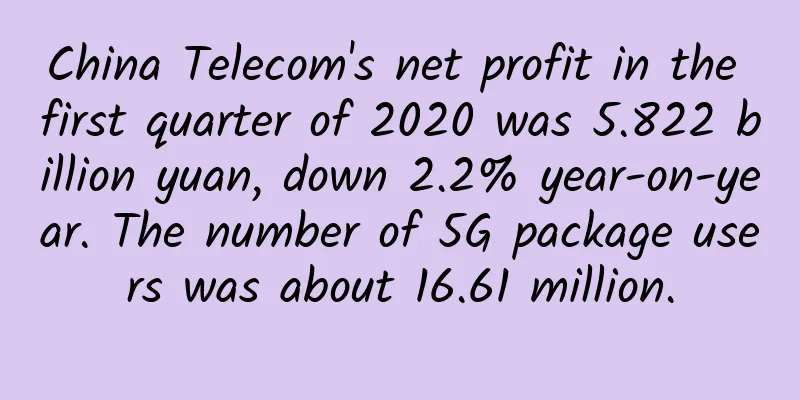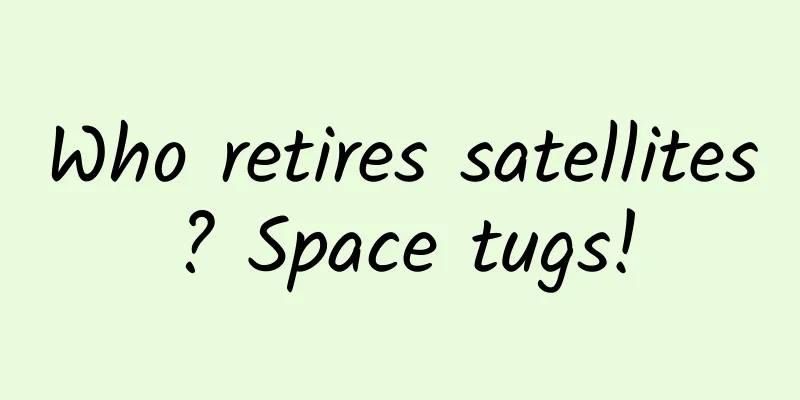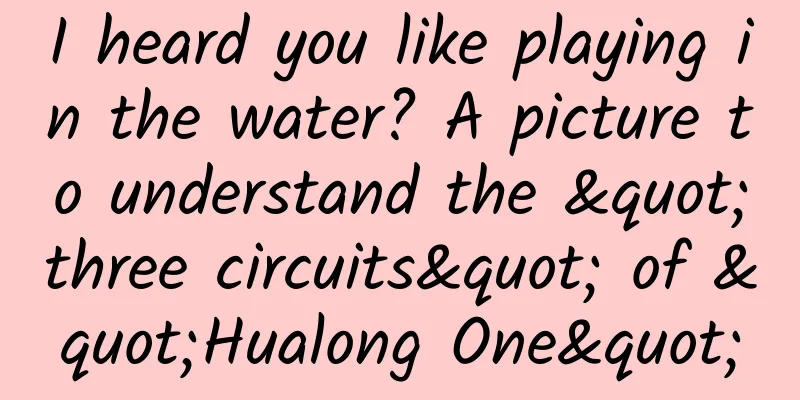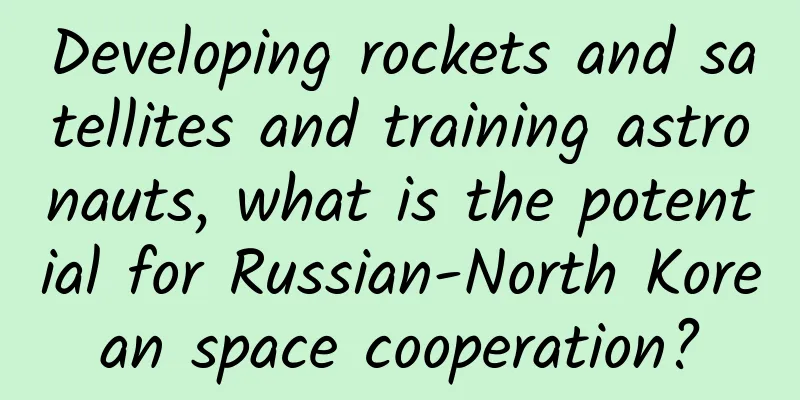Decoding Nokia vs. Apple: In the patent duel, who is the rogue? Who is the gangster?

|
The second round of patent war between Nokia and Apple has begun. When the two sides fought the first round of patent wars, Nokia was still the "dominant player" in the mobile phone market; now when the second round of patent wars begins, Apple is the "leader" in smartphones. Many people say that the second round of patent war between Nokia and Apple broke out because Nokia is returning to the mobile phone market. Others say that the patent dispute between Nokia and Apple is precisely because Nokia does not produce mobile phones but relies on patent licensing to generate revenue. Deep in the patent vortex, Apple said Nokia was suspected of monopoly and was a patent troll, while Nokia admitted that Apple had been in arrears for a long time and was a patent rogue. So, is it Apple that is the rogue, or Nokia? First battle: Started in 2009, settled in 2011, ended with Apple paying patent fees On October 22, 2009, Nokia sued Apple in the U.S. District Court for the District of Delaware, claiming that Apple's Internet access on various iPhone models since 2007 infringed on 10 of its patents, covering 10 technologies related to GSM, UMTS, and local area network standards, including wireless data, voice coding, security and encryption technology. On December 11, 2009, Apple launched a counterattack, claiming that Nokia's E71, 5310, N900 and other models all infringed a total of 13 Apple patents. On December 29, 2009, Nokia complained to the U.S. International Trade Commission (ITC) about Apple's patent infringement, demanding a comprehensive import ban, suspension and stop sales order on Apple's iPhone and other products. Subsequently, on January 15, 2010, Apple also complained to the U.S. International Trade Commission (ITC) about Nokia's patent infringement and requested an import ban on Nokia's products. On May 7, 2010, Nokia sued Apple in the United States District Court for the District of Wisconsin, claiming that Apple's iPhone and iPad products infringed five important Nokia patents involving technologies such as improving voice and data transmission and using location data in applications. It can be seen that in the face of the patent offensive launched by Nokia, Apple did not back down, but instead launched a tit-for-tat contest with it. The background at that time was that in 2009, although Nokia was still the "dominant player" in the mobile phone market, its revenue capacity was no longer as high as that of Apple. In the third quarter of that year, the operating profit of Apple's iPhone was as high as 1.6 billion US dollars, while Nokia's was only 1.1 billion US dollars. Therefore, when Nokia initiated a patent lawsuit against Apple, it was somewhat intended to block Apple. Of course, the bigger reason was that the two parties failed to reach an agreement in the patent licensing negotiations, and Apple's arrogance angered Nokia. As early as 2007, when the iPhone was first launched on the market, Nokia and Apple began negotiations on patent licensing. However, in the initial patent licensing cooperation, Nokia hoped that Apple would pay patent fees and reach cross-licensing cooperation on some of Apple's patents. Ultimately, the patent war that began in 2009 was settled in 2011 and ended with Apple paying patent fees. On June 14, 2011, Nokia and Apple formally reached a settlement agreement. In addition to settling all legal actions against each other, the two companies will also withdraw their complaints against each other from the US International Trade Commission. In addition, as part of the settlement agreement, Apple will pay Nokia a one-time patent fee and promise to pay Nokia for subsequent use of patented technology. Battle again: Nokia sues Apple for patent infringement worldwide, Apple responds strongly Recently, Nokia sued Apple in the U.S. District Court for the Eastern District of Texas and local courts in Düsseldorf, Munich and Mannheim, Germany, alleging that Apple products infringed Nokia's technology patents and claiming that Apple infringed 32 Nokia patents in displays, chipsets, software and other areas. On December 22, 2016, Nokia announced that it had filed 40 patent lawsuits against Apple in 11 countries including Asia, Europe and the United States. In response to the new round of patent lawsuits initiated by Nokia, Apple once again responded strongly. On December 20, 2016, Apple filed an antitrust lawsuit against nine Nokia "alliance" companies, accusing them of conspiring with Nokia to develop a plan "designed to extort high revenues from Apple and other mobile device manufacturers." The Nokia "allies" that Apple claimed were all patent integration companies (NPE or PAE organizations), including the two main defendants Acacis and Conversant, two subsidiaries of Acacia, Helsinki Memory Technologies, Inventergy, Sisvel, Vringo and WiLan, a total of nine companies. The so-called NPE (Non-Practicing Entities, which means "non-practical entities" in Chinese) or PAE (Patent Assertion Entity, which means "patent assertion entity" in Chinese") refers to an organization or company that does not engage in the production or manufacturing of patented products but obtains revenue through patent licensing. It is worth mentioning that among the nine companies, all of them have had patent transfer transactions with Nokia to varying degrees. Take Canada's Wi-LAN as an example. In July 2014, Canada's Wi-LAN signed a patent licensing agreement with Nokia regarding wireless technology-related patents involving "CDMA, WCDMA, GSM-related patents, HSPA and 4G/LTE technologies". At the same time, the two parties also reached a patent purchase agreement, whereby Wi-LAN will acquire some of Nokia's wireless communication technology patents related to mobile phones. Simply put, although many traditional mobile phone manufacturers such as Nokia have withdrawn from the market, they are still influencing the development of the smartphone market and continuing to obtain continuous commercial returns from the mobile phone market or industry by "breaking down" their huge patent base into small pieces, either by selling it directly to related companies, charging licensing fees, or using patents as capital to establish companies. This is precisely the key to Apple's counterattack against Nokia, because Nokia may indeed obtain higher commercial returns from patent licensing by "breaking the whole into parts". US lawsuit: Negotiations lasted two years, but Apple refused to pay patent fees, the focus was on video decoding technology However, Nokia claimed that Apple infringed 32 Nokia patents in the areas of displays, chipsets, software and other aspects. But it is worth noting that Nokia's infringement lawsuit against Apple in the United States only involved eight patents. The indictment in Nokia's patent infringement case against Apple in the United States shows that there are a total of 8 patents involved, mainly involving H.264 video encoding related technologies, all of which are standard essential patents. It is reported that Apple's products including iPhone, iPad, iPod, Apple Watch, Apple TV and Mac computers that provide H.264 video encoding support are suspected of infringing Nokia's patents. The indictment shows that on August 31, 2014, Nokia notified Apple that Apple was suspected of infringing on more than 30 of its patent technologies and invited Apple to negotiate patent licensing cooperation. On November 4, 2014, Nokia and Apple met to discuss patent licensing cooperation. Nokia explained to Apple the advantages and patent value of H.264 video coding related technologies. Subsequently, Nokia provided Apple with a patent licensing agreement on May 12, 2015. On September 22, 2015, at Apple's request, Nokia and Apple held another meeting to discuss patent licensing cooperation. However, until Nokia officially sued Apple, although the two sides had many negotiations or communications during the period, they were still unable to reach a cooperation. The eight U.S. patents involved in this case are "A motion decoding method for video sequences", "A method for inserting sub-pixel values", "Video coding", "A video information coding and decoding method and motion compensation coding and decoding device", "A context-based adaptive binary arithmetic coding method and system", etc. It can be seen that the patents involved are all technologies in the field of video decoding. The key reason why Nokia chose to sue Apple is that, on the one hand, Apple and Nokia reached a cooperation on the licensing of some patents in 2011, and on the other hand, Apple has not yet reached a licensing cooperation with Nokia for other key technologies held by Nokia, including many standard essential patent technologies. Nokia's latest third quarter 2016 financial report shows that Nokia's revenue last quarter was 5.95 billion euros and the company's operating profit was 556 million euros (606 million US dollars). It is worth mentioning that thanks to the higher revenue generated by the intellectual property licensing business, Nokia Innovations Technologies' net sales in the third quarter of 2016 increased by 109% year-on-year, and its operating profit increased by 168% year-on-year. After Nokia withdrew from direct competition in the mobile phone market, patent licensing has become its most important source of income, and this is the focus of Nokia's global lawsuit against Apple. As for Apple and Nokia, it is self-evident who is the rogue and who is the gangster. As a winner of Toutiao's Qingyun Plan and Baijiahao's Bai+ Plan, the 2019 Baidu Digital Author of the Year, the Baijiahao's Most Popular Author in the Technology Field, the 2019 Sogou Technology and Culture Author, and the 2021 Baijiahao Quarterly Influential Creator, he has won many awards, including the 2013 Sohu Best Industry Media Person, the 2015 China New Media Entrepreneurship Competition Beijing Third Place, the 2015 Guangmang Experience Award, the 2015 China New Media Entrepreneurship Competition Finals Third Place, and the 2018 Baidu Dynamic Annual Powerful Celebrity. |
<<: Power batteries have a bright future and may become a hot spot for investment in 2017
Recommend
How to go from "white soil" to "oasis"? Let's see the "salty confession" of the earth
In ancient my country, people have already realiz...
Weekly Achievements丨Yan Ling: Why is high manganese steel so powerful?
The steel industry is an important basic industry...
Will Apple lock the charts for Christmas? CP Guide Complete Guide!
There are a lot of things CP can do during the App...
Let's spend a peaceful year together! Please check the safety guide for setting off fireworks and firecrackers
As the Spring Festival approaches, many places ac...
Souwai online course 6186% discount promotion, 7 major platform operation courses
Souwai.com brings together operation courses from...
From 1 to 10, a marketing strategy for leapfrogging growth
Recently, the topics of new consumption and Doubl...
WeChat official data revealed: What kind of articles are more popular
With 468 million monthly active users, WeChat has...
[Practical Information] Information flow advertising landing page treasured by people from all industries!
We all know that the task of most landing pages i...
Pay attention to the following three points to help you transform from a programmer to an engineer
[[151076]] When I first started working, the inte...
Japanese automakers face shortage of technology talent and salary levels
According to foreign media reports, headhunting f...
How to build a user operation system: a detailed analysis using Keep as an example
As a leader in online fitness course apps, Keep h...
If you don’t clean these 4 places on the rice cooker, be careful not to eat “cockroach steamed rice”!
When I was surfing the Internet some time ago, I ...
As a stubborn little factory that survived the bloodbath of mobile phones, what is the reason why the Meizu 18 series has received so much praise?
The living space for small mobile phone manufactu...









